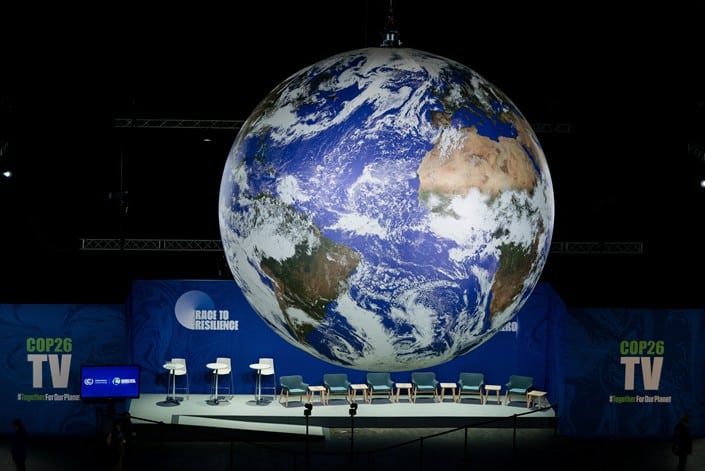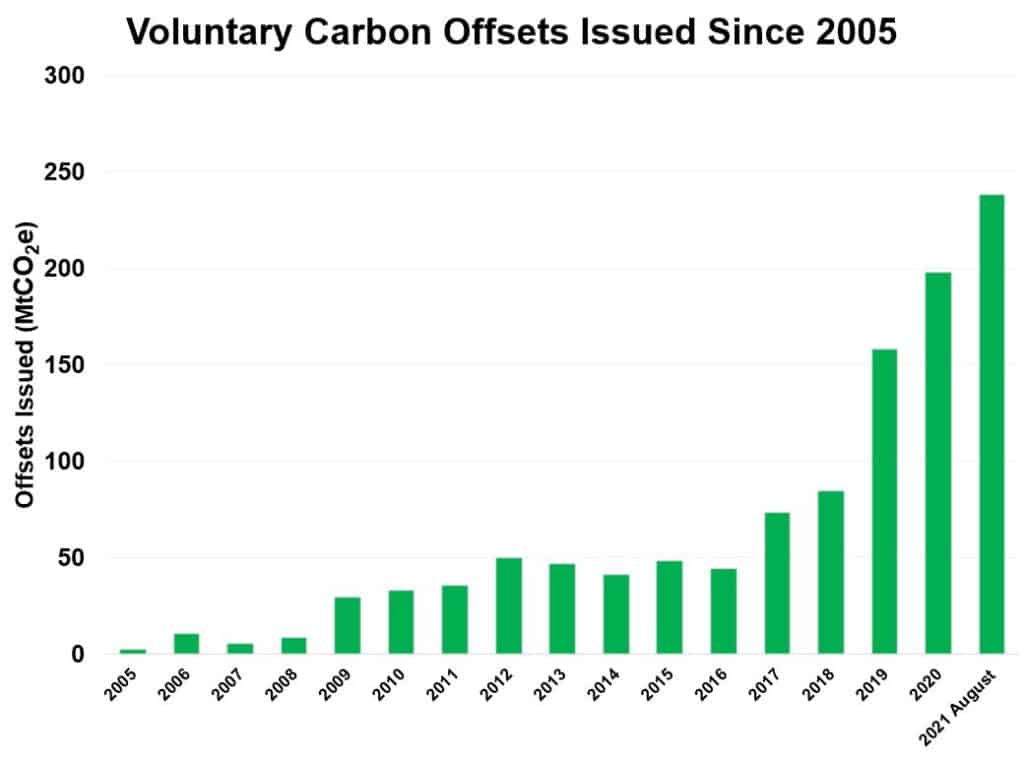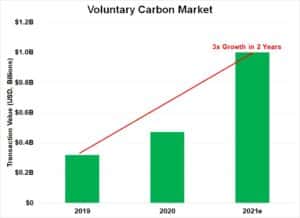The UN’s plans for a global offset market, and what might – and might not – happen at COP 26.
It’s all about Article 6.
That’s Article 6 of the Paris Agreement – approved on the final day of that meeting back in 2015 – which lays out, broadly, the goal of the UN-administered international carbon trading scheme.
Everyone agrees on the need for a rulebook that lays everything out in black-and-white. But nations tend to prefer grey areas, and a carbon market would cover a lot of those.
Setting the table
The broad outline of the discussion runs like this:
Every nation has NDCs – Nationally-Determined Contributions – that outline exactly how much each one is able and willing to reduce their CO2 emissions.
Each NDC is broadly determined by the goals of the Paris Agreement.
Given that those NDCs are different, there’s room for some countries to cut emissions faster. That opens the door for a system in line with a traditional cap-and-trade system.
Entities that cut emissions quickly come in under the cap; they can trade their excess credits to other entities that need a bit more wiggle room.
That’s all well and good in practice. But governments aren’t your normal entities.
First off, those NDCs aren’t created equal – some countries are doing more to cut emissions than others.
- How are those efforts graded and measured?
- What should each country be doing?
- Should some offsets count for more than others, since some countries can meet their reductions targets more easily?
All of those are thorny questions for the leaders gathered in Glasgow to consider. But the problem goes even deeper.
International markets meet the VCM
What about private efforts within those countries? After all, carbon offset projects, particularly involving nature-based offsets like forestation efforts, are nothing new. They’ve been around for decades.
Do those projects count? Institutions like the Gold Standard have been heavily involved in measuring those early offsets. How much do they carry over?
Do those projects count? Institutions like the Gold Standard have been heavily involved in measuring those early offsets. How much do they carry over?
COP 26 needs to define the guidelines by which an internationally-regulated offset market will operate. In doing so, they’ll have a chance to set the standards for the broader Voluntary Carbon Market (VCM).
The VCM has already seen explosive growth. If the leaders at COP 26 can establish a good framework, that growth rate could skyrocket.
What might happen
We’ve been here before.
Article 6 is nothing new. It was discussed at COP 25, at COP 24 . . . at every major summit since Paris, actually. So far, agreement has been hard to come by.
But there are signs that things are changing for COP 26.
Brazil, a key holdout in the talks, has signaled a willingness to come to the table. Bolonsaro’s government not only has proved to be a reluctant signatory to the Paris agreement but also presides over the management of the Amazon rainforest – a key factor in many nature-based offset programs.
Canada, a hard-liner on the other side, also sees the benefits of coming to an agreement soon. Doing so in a way that leads to concrete environmental benefits still poses a challenge, but COP 26 seems to have a real sense of momentum behind it.
COVID-19, for all the havoc it wreaked on the world economy, also demonstrated that dramatic decreases in CO2 emissions are possible. No one wants to re-create those circumstances, but there might be a path forward that combines significant emissions reductions with increased offsets.
The global community goes to the VCM
There’s one other dramatic difference between previous COP conferences and this one.
That’s the growth of the VCM.
Why are nations like Brazil, India, and over developing countries more willing to compromise?
The Paris agreement set out a fund of up to $100 billion to help developing countries take advantage of the trading schemes and finance their own NDCs.
That’s a lot of money, but unsurprisingly, it hasn’t all been delivered as planned. Disagreements over that fund were part of the reason the Article 6 talks were derailed in Madrid in 2019.
But in the meantime, the VCM is on pace to pass the 100-billion-dollar mark globally by 2030. Developing countries don’t need to wait on the UN.
With a clear Paris rulebook for an international VCM, Brazil and other countries can take advantage of a market-led climate change initiative that puts money in the bank while also contributing to the goals of the Paris Agreement.
That market lies at the heart of the matter. Developing countries have the potential to be on an equal footing with developed countries when it comes to the VCM.
If some of the potential pitfalls can be resolved – offset double-counting, verification, etc. – then developing countries could actually be even more appealing to the VCM.
As experts have pointed out, while CO2 emissions are spread globally, opportunities to counter them are not. An international market could leverage those differences.
Will Glasgow 2021 be the COP that solves the problem?
Will the VCM go global in a whole new way?
And if COP 26 finishes with a Paris Rulebook for an international VCM, then just how quickly will the VCM hit the $100 billion mark?




